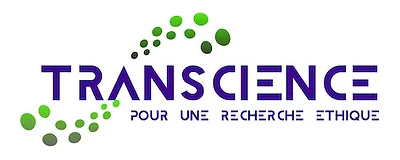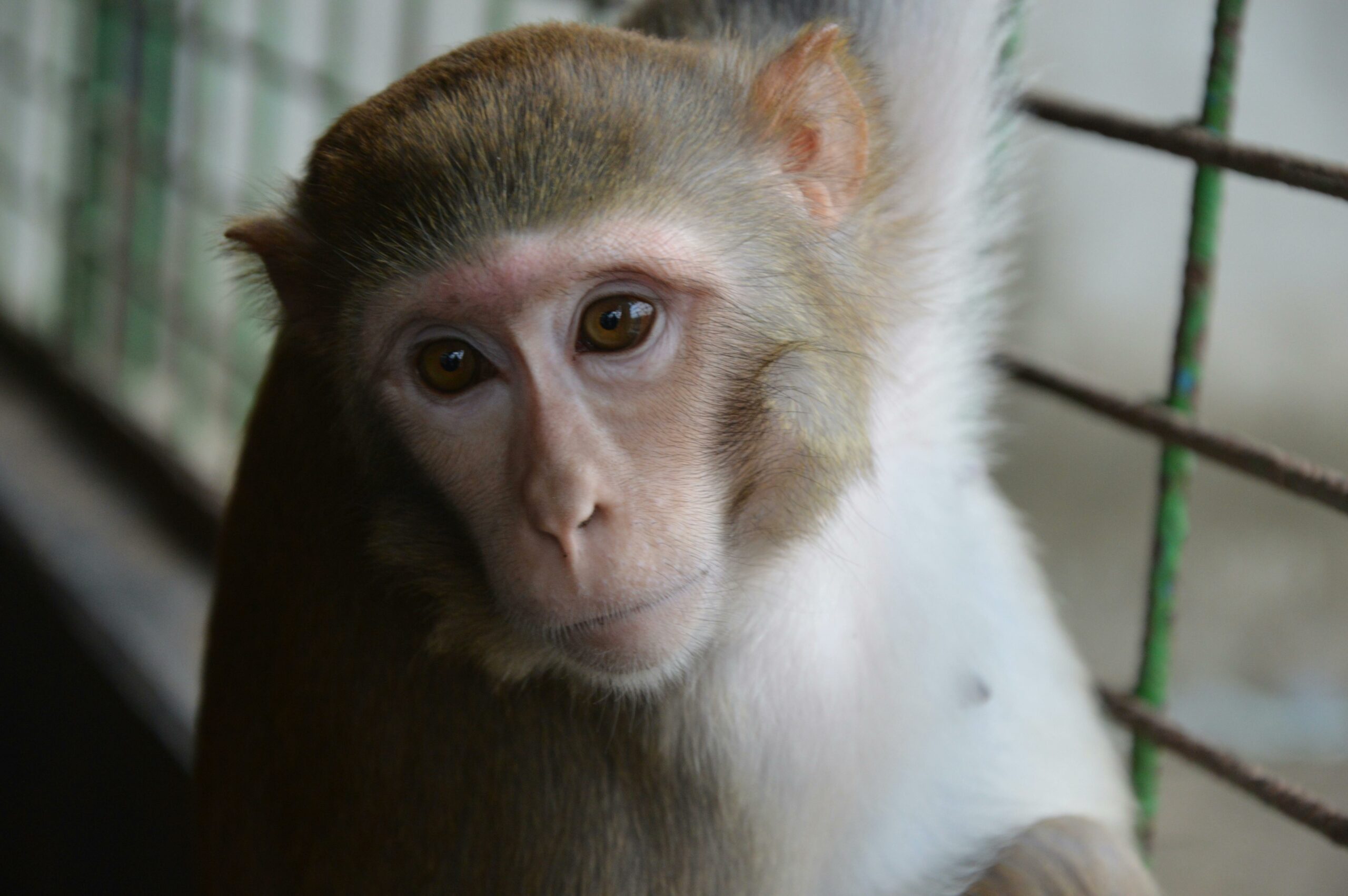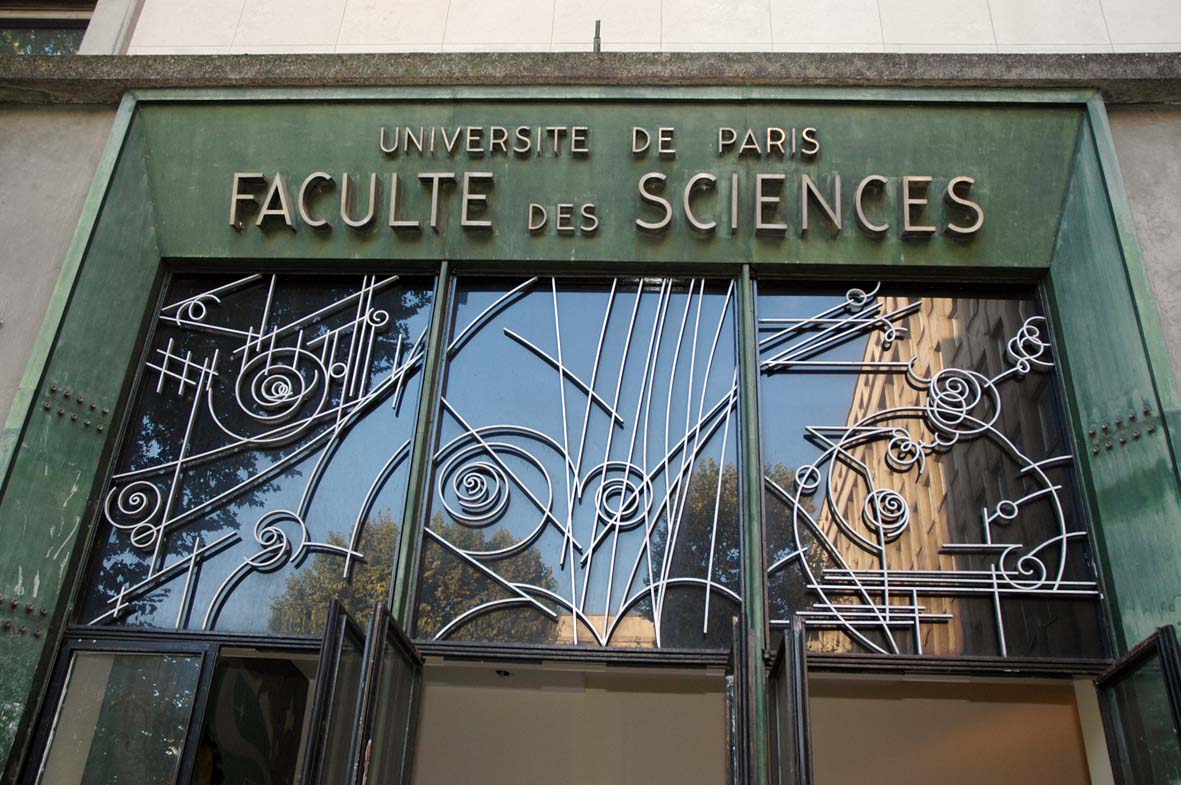ECONOMY
Animal Testing and Non-Animal Alternative Testing Market 2024
The Business Research Company, April 2024
The global animal testing market was valued at $10.7 billion in 2019, and the market is expected to grow at a compound annual growth rate of 1.03% over the period 2023-2028. The USA and Japan are the main markets.
The global alternative animal-free testing market was valued at $1.1bn in 2019, with a forecast compound annual growth rate of 6.34% over the period 2023-2028. This growth is attributed mainly to the adoption of 3R principles by regulators and companies, particularly in the cosmetics industry. A significant increase is expected after 2026.
Study summary and table of contents : click here (the complete study is available for a fee)
TECHNOLOGY
Animal Testing Landscape, Animals in science and alternatives
Whitepaper, Cherry Biotech, 2025, 29 p.
Animal testing has played a crucial role in medical advances. Today, however, more accurate, cost-effective and ethical alternatives are available. Regulatory changes are still too slow to really reduce the number of animals used.
The aim of this document is to provide an overview of the use of animals in scientific experiments: How many animals are used? Which industries use the most animals? What happens to them after testing? What are the alternatives? And many more answers to help you understand what’s going on.
For more information : Click here
Digital twins and prevention: a new era in medicine
E. Minvielle, C. Biot, S. Durrleman, Polytechnique Insights, July 2024
This article takes a look at what digital twin technology can do for medicine. Dassault Systèmes has launched MediTwin project to create digital twins in oncology, neurology and cardiology, to guide medical decisions. Digital twins can revolutionize the prevention of diseases such as Alzheimer’s, enabling early diagnosis and personalized treatment based on predictions from digital models.
To access the article : click here
The essential guide to organoids in drug discovery
Ebook, Molecular devices, 2023, 20 p.
The development of 3D organoids is one of the most important advances in drug discovery research in recent years. Their ability to self-organize and mimic functional organic cell types better represents in vivo biology than 2D monolayer cell cultures. As a result, organoids are becoming increasingly important in the fields of cancer research, neurobiology, stem cell research and drug discovery, providing important insights into the mechanisms of tissue and disease development. Developed to represent many different organs of the human body, with applications set to develop over the next few years, organoids form the basis of future innovations in precision, translational and regenerative medicine.
To access the document : click here




